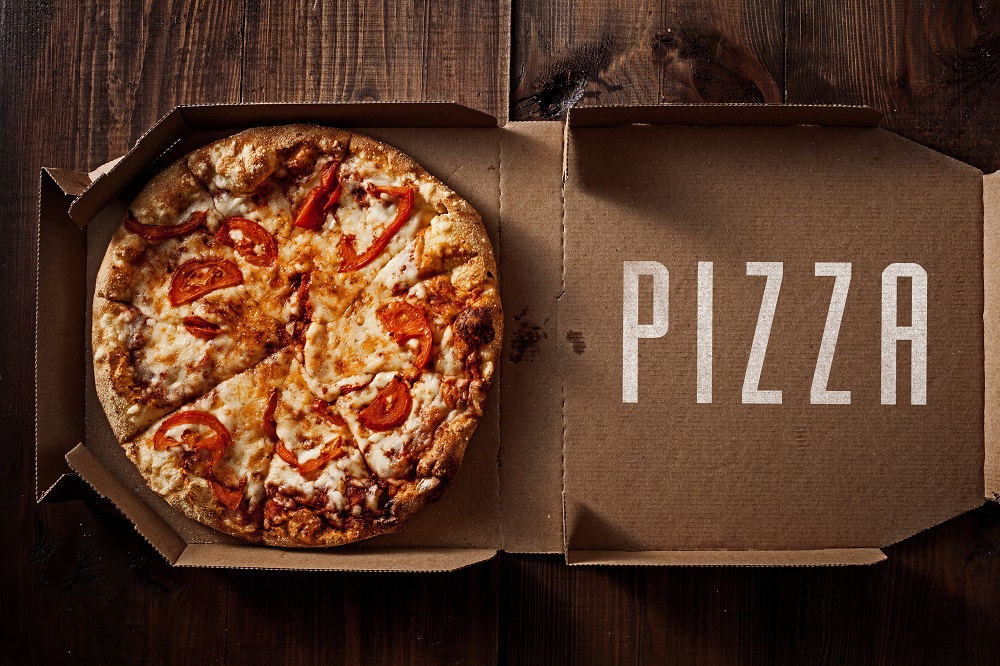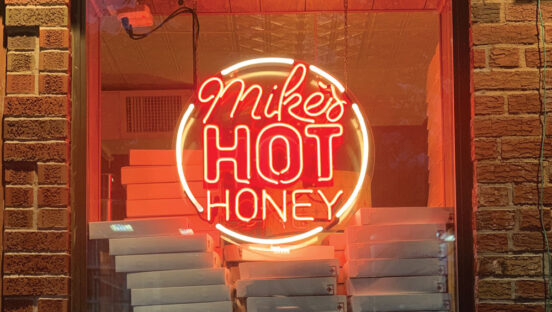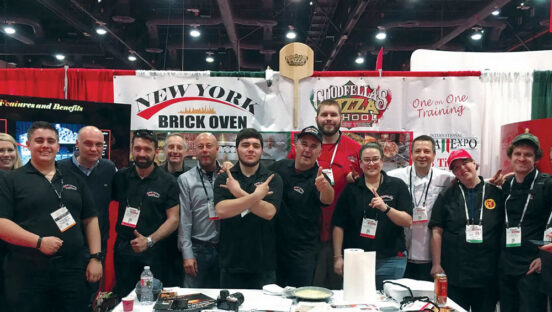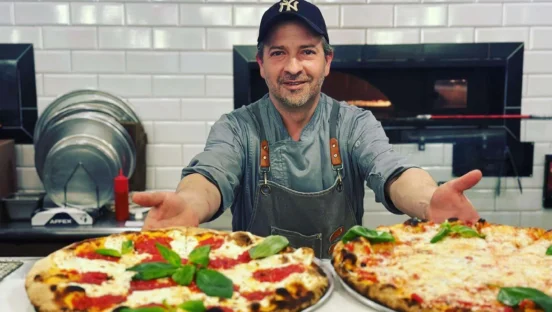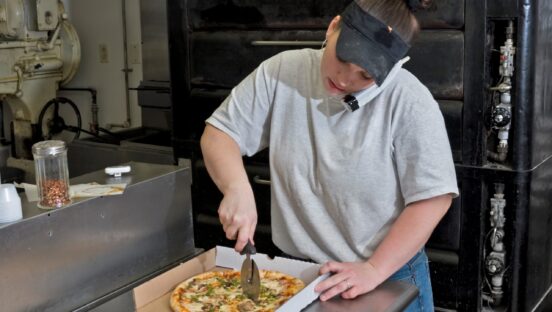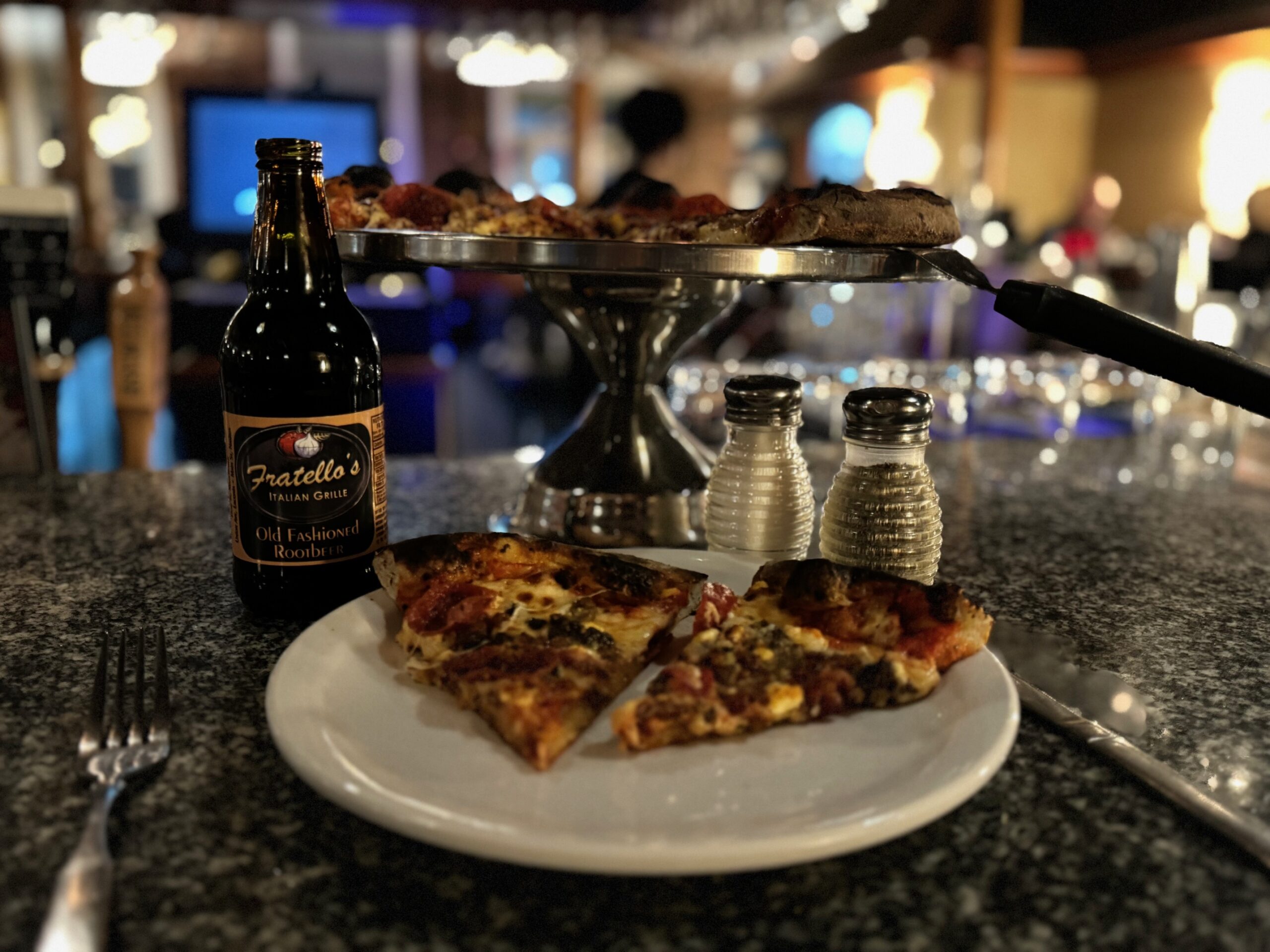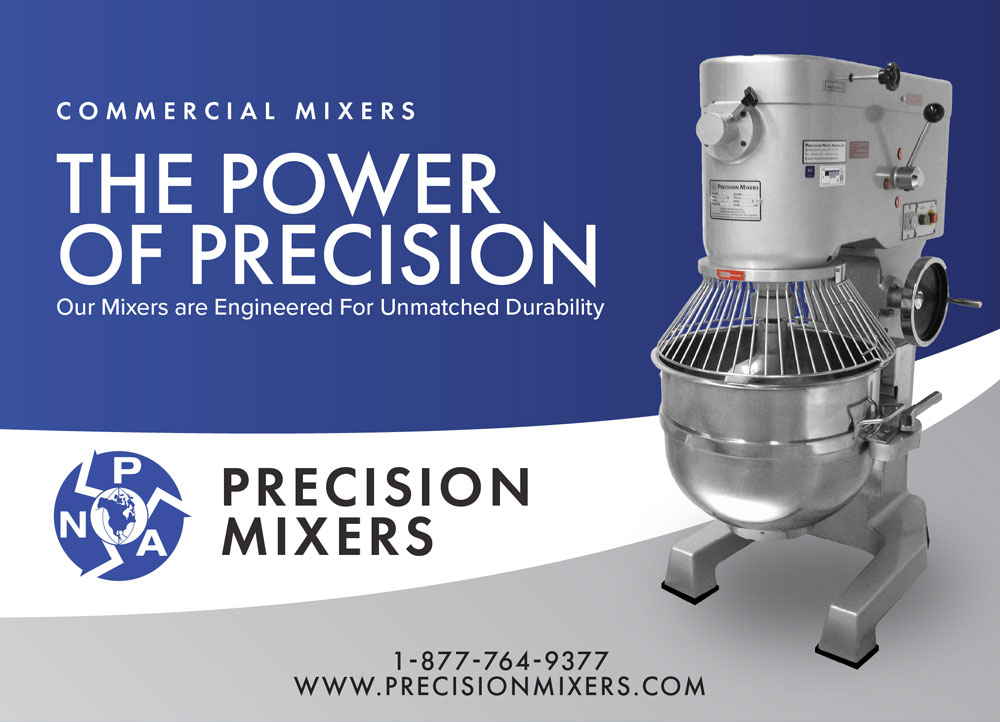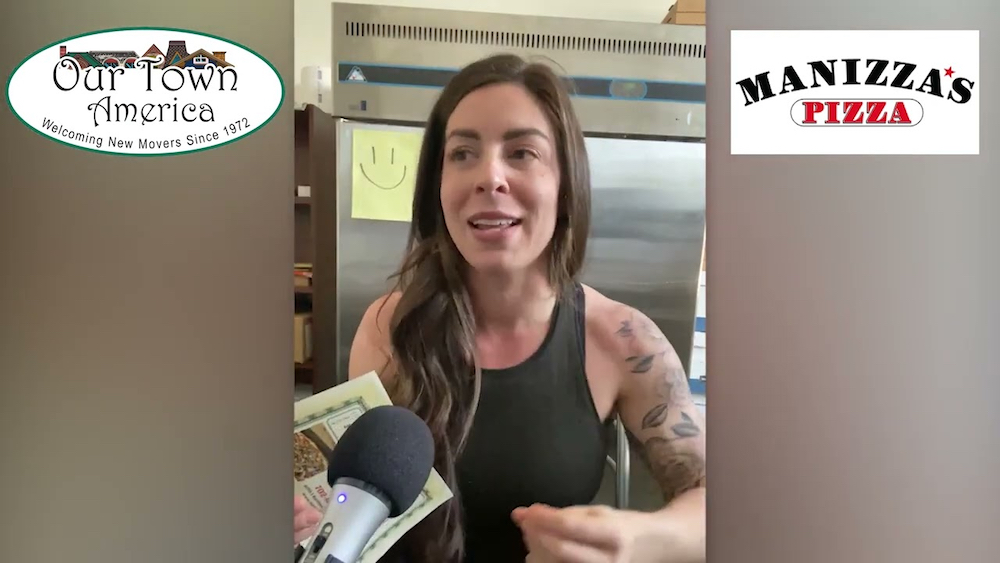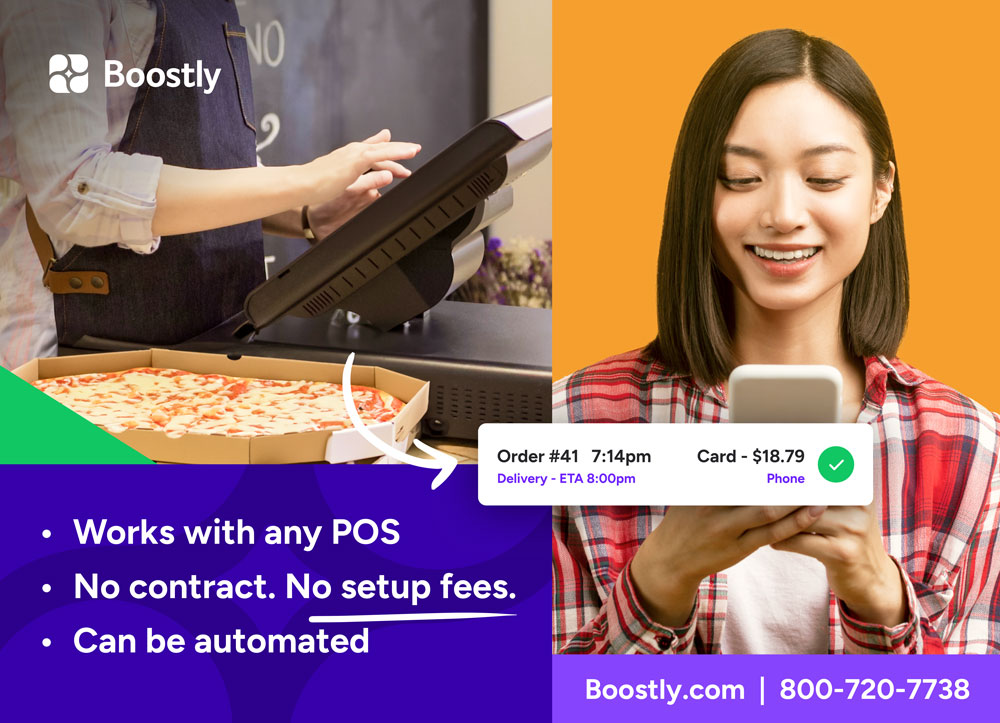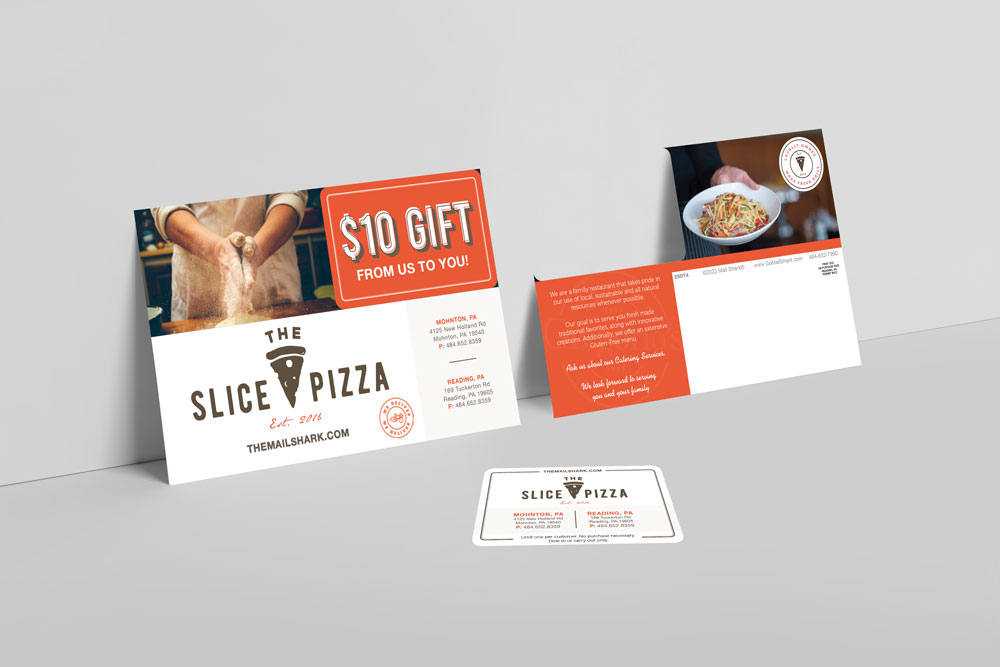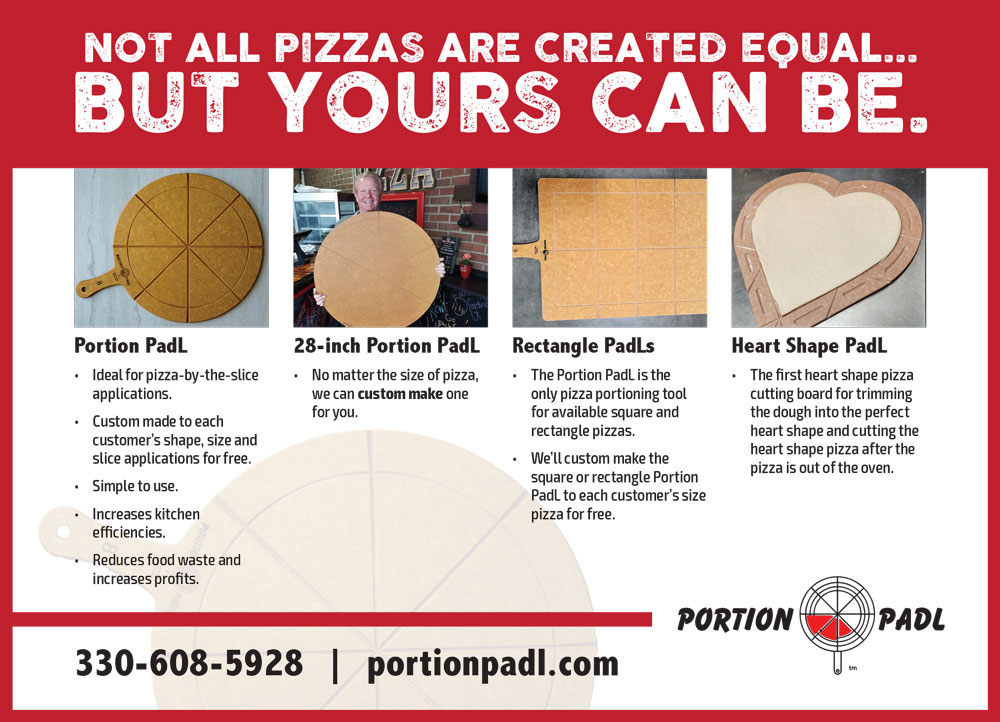The U.S. pizza market continues to grow at an annual rate of 2.5 percent, with 43 percent of Americans indulging in pizza at least once a week, according to a March 2018 report by IBIS World. As food delivery sites and apps continue to grow, takeout and delivery service represent the largest market share of pizza industry revenue. While this trend benefits many larger pizzerias, independent pizza shops are feeling the pressure to keep up with increasing consumer demand for speed while maintaining product quality and safety.
With these market dynamics at play, it is more important than ever for brands to unlock all the capabilities of the pizza box. It is no longer just a corrugated container for delivering pizza: it is the main medium for brands to communicate their story to customers, many of whom may never step foot in the shop.
The average consumer spends at least 10 minutes engaging with the pizza box following delivery2, presenting brands with an opportunity to control their customer’s experience with their selection of packaging and a deliberate product presentation. Brands must consider what they want the consumer to think about their product before they consume it; boxes are a chance to reinforce your brand from a design perspective while promoting the business in a unique way.
The construction of the pizza box—size, shape, top, bottom, openings, quality of materials used, and even the way it closes—should reflect the pizza brand’s identity while fulfilling the needs of their customers. Instead of handing consumers generic boxes, use the box to convey company efforts to ensure quality, safety and value, further communicating a shop’s values and initiatives.
Corrugated liners and other secondary functional packaging can help keep the boxes cleaner, allow airflow and retain heat, all while differentiating a business from its competitors. Packaging sustainability remains important to American consumers, so confidence that a pizza box design facilitates recycling can influence the likelihood of a future order.
Here are a few ways you can work with your supplier to increase consumer engagement and communicate your brand’s message:
Be different
Rather than using a typical box design, create a unique brand experience for your customers. Customizing your box with compelling graphics, memorable colors and creative content helps communicate to consumers what distinguishes your product or brand from others. East of Chicago Pizza, an Ohio-based chain with more than 80 locations, touts its fresh ingredients, great value and franchising opportunities on the bottom of its box.
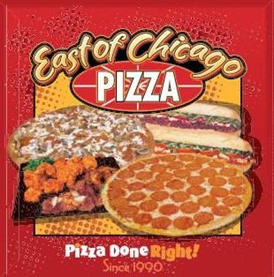
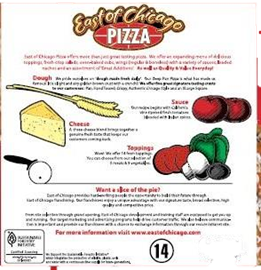
Label health benefits
While calories and other nutritional labeling is required by the FDA for standard menu items, going beyond the requirements can differentiate your product. Consider promoting health benefits with custom artistry or drawing arrows to highlight the use of any superfoods used as ingredients or toppings. Creatively communicating antioxidant qualities, accentuating organic selections or pointing out that a portion of your ingredients are harvested locally can make your box stand out while encouraging consumers to become repeat purchasers.
Communicate a purpose
Designating a portion of your box for personalization allows you to use that space to support causes meaningful to both your business and customers. Connecting with consumers on emotional causes provides a connection point extending beyond the pizza, helping drive brand loyalty and affinity. Pizza Guys, a chain with more than 60 West Coast locations in California and Oregon, supported breast cancer awareness as a sponsor of the American Cancer Society’s Making Strides Against Breast Cancer program by including the program’s logo on their pizza box.
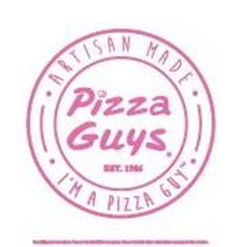
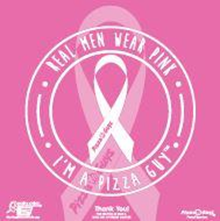
Enhance the value
By offering customers the chance to earn a free pizza or other food items with box coupons, you give them incentive to return. Many customers may not know your entire menu, so consider including a hard copy or highlight specialty menu items. A Texas-based pizzeria uses box toppers to showcase the pizza of the month and includes news, advertising and coupons. As a result, 50% to 60% of the company’s box-top coupon offers are redeemed on a regular basis. The restaurant maintains interest by updating the newsletter with price changes, specials and seasonal menu items.
Use QR Codes
You can also communicate important messages by printing QR codes on pizza boxes. These two-dimensional matrix barcodes can be thought of as a paper-based hyperlink, connecting the physical world to the virtual world. Using any smart device, these codes can direct users to mobile landing pages that contain tons of information, from coupons and giveaways to social media pages. Rotating specials or menu shifts can cause issues when printing information, but QR codes give brands the flexibility to make changes when necessary.
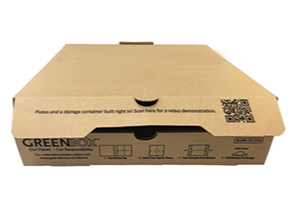
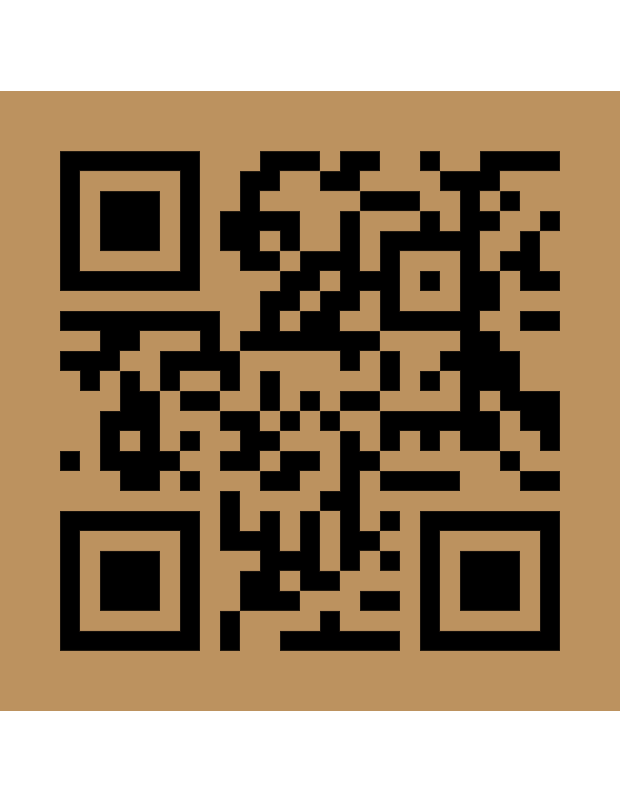
#Sharethispizzabox
In addition to using QR codes to provide up-to-date information, you can use social media to get customers more involved. Creating a hashtag paired with a giveaway offer encourages consumers to take a photo of the pizza and share it on social media to get a free pie.
Emphasize recyclable materials
Pizza and other foodservice containers can be recycled in many municipalities if there’s no food or grease residue. If your city is stringent on food residue, you can insert corrugated liners to help keep pizza boxes cleaner, increasing their ability to be recycled. Highlighting the eco-friendly components of your box or providing tips for identifying whether the box can be recycled makes the recycling process easier for consumers and demonstrates your shop’s sustainability efforts.
Tell Your Brand’s Story
The handcrafted look is becoming an increasingly popular trend. Using brown boxes with badges or patches that are reminiscent of old-world pizzerias often produces nostalgia for customers.
Many customers, especially new ones, are likely unaware of the roots of your pizzeria’s origin. Using an area of the box to tell the story of your beginnings is another avenue to forge a bond with customers. For example, Regina Pizza is an 18-store chain in Massachusetts that uses their box as a medium to tell the story of their success. And Picasso’s Pizza, a family-owned chain with five locations in western New York, uses art to tie back to their roots.


Choosing a Supplier
Producing an engaging pizza box can be as straightforward as printing new copy or designs: the options are endless. Regardless of the design features your pizzeria settles on, confirm that your supplier has the capabilities to work with you to implement your desired changes.
One major factor to consider when identifying a potential supplier—or reevaluating your current one—is its ability to customize boxes, history in the industry and supply chain capabilities. Additionally, an important factor to take into consideration is where the materials are sourced and where the product is made. All WestRock materials are domestically sourced and produced in the United States and/or Canada.
Because your box affords you the opportunity to tell your brand’s story, verify that your supplier has the capacity to print or engineer any of the custom features highlighted in this article that you may be interested in exploring. Additionally, look for a company that has been in the pizza box industry for many years, working with independents or small chains during that time span. These suppliers will likely have a good understanding of the issues and opportunities facing your company, and their experience and track record can work for you as you move to tell your shop’s story.
While the manufacturing of a sturdy, aesthetically pleasing pizza box is the goal during the production process, the capabilities of a company beyond box production should not be taken for granted. Evaluate its sales support systems and order lead time to ensure the company can handle any changes, big or small, in a time frame that fits your business’s demands.
Recognizing a company’s value-adds beyond the manufacturing process can help you select a partner that will be able to communicate your brand’s message and reinforce your company’s position with consumers. Start the conversation with your current or a prospective pizza box manufacturer about how the company can help you fully leverage the power of the pizza box, connect with your target market and turn casual eaters into loyal customers.
For more information on WestRock pizza boxes, visit www.westrock.com/pizza.



